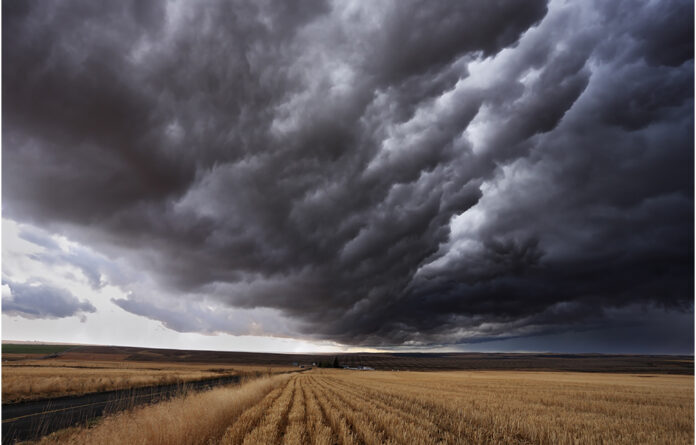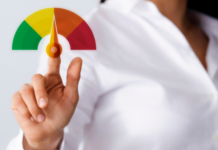In the November 2023 issue of Sign Builder Illustrated, I discuss how to prepare for a possible recession in 2023 and 2024 (“Weathering the Economic Storm”). As mentioned in the story, one reliable indicator of a recession is an inversion of the yield curve. The yield curve graphs of the interest rates on U.S. treasuries at various maturity dates.
Normally the interest on a four-week note is lower than that for a ten-year bond. When the yield curve is inverted, the interest rates for the shorter-term notes are higher than the longer-term treasuries. The inverted curve is also known as known as a negative yield curve.
When the yield curve arches upward, it generally indicates a positive sign for the economy. On the other hand, when the curve bends downward, it generally tells investors that the economy is contracting. This leading economic indicator has been inverted since late in 2022.
If it’s so reliable, why aren’t we in a recession now?
In the last seventy-plus years, inversions in the yield curve can occur anywhere between seven months and twenty months prior to a recession. That means that the recession could commence as late as June of 2024—right before the next election.
Of course, the current administration will likely do everything it can to delay the inevitable at least until after the election. While more government spending could artificially juice the economy, it unfortunately just adds fuel to the inflationary fires.
Economists often analyze what is called the “spread” between U.S. treasuries that mature at different times. While an inversion in the yield curve has reliably predicted every recession, the variance or spread between short-term rates and those for ten-year bonds is much more pronounced than in most previous recessions.
In fact, the last time the spread has been this great was in the early 1980s. That recession occurred right after President Regan took office for the first time.
Another similarity with this period was the high rate of inflation. While inflation has abated some from the summer of 2022, it is still unacceptably high.
For this reason, Jerome Powell has suggested that, in the later half of 2023, you can expect two or three more rate hikes. Even then, he does not expect that the hikes will tame inflation until 2025.
As the Fed increases its rates, banks will continue to increase their loan rates contributing to a slowdown in the economy.











